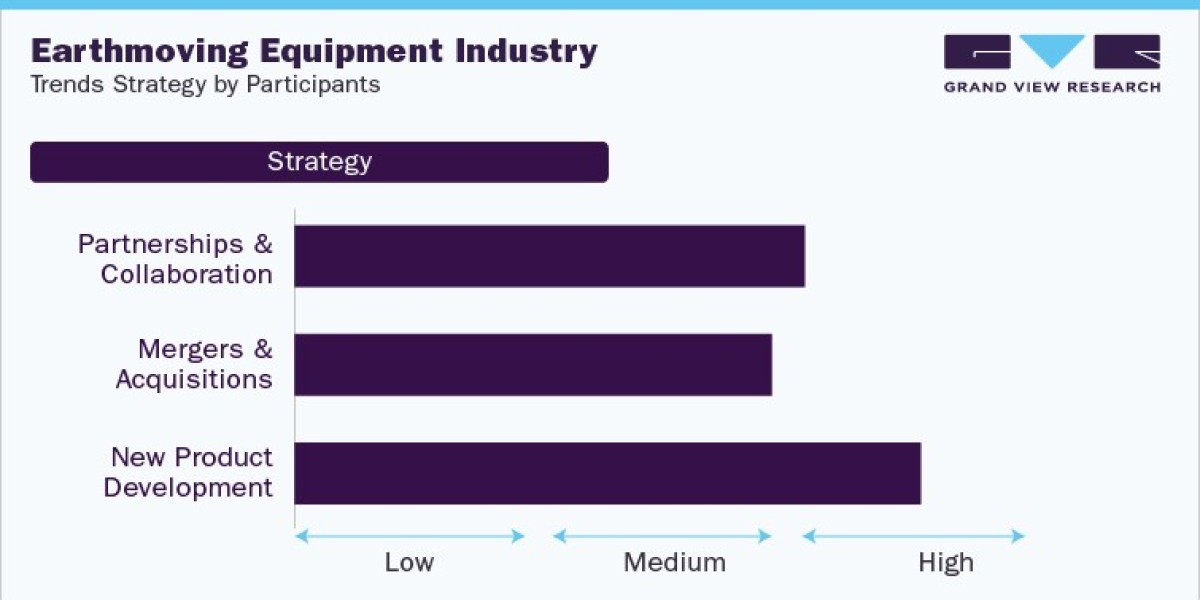In recent years, advancements in medical science and technology have brought us numerous ways to learn more about our bodies and the processes within them. Among these advancements, pregnancy tests and gender prediction methods have seen significant evolution. One intriguing development in this realm is the concept of a Unity Test for pregnancy gender determination. This blog aims to delve deeply into what a Unity Test is, how it works, its scientific basis, its accuracy, and the ethical considerations surrounding its use.
Understanding Pregnancy Tests
Traditional pregnancy tests detect the presence of the hormone human chorionic gonadotropin (hCG) in a woman's urine or blood. This hormone is produced by the placenta shortly after the embryo attaches to the uterine lining and can be detected as early as 10 days after conception. Urine tests are widely available over-the-counter and provide results within minutes, while blood tests are typically performed in a medical setting and can provide more accurate results at an earlier stage.
The detection of hCG involves antibodies that bind to the hormone if it is present in the sample. Over-the-counter urine tests typically use a combination of antibodies on a test strip. When urine passes over the strip, any hCG present binds to the antibodies, leading to a color change that indicates a positive result. Blood tests measure the exact amount of hCG in the blood, offering a more precise understanding of pregnancy status.
Gender Prediction Methods
Historically, predicting the gender of an unborn baby has been more of an art than a science. Many traditional methods, such as the shape of the mother's belly, morning sickness severity, and even the baby's heart rate, have been used with varying degrees of anecdotal success. However, none of these methods provide scientifically reliable results.
Today, there are several scientifically validated methods for gender prediction, including ultrasound, non-invasive prenatal testing (NIPT), and amniocentesis and chorionic villus sampling (CVS). Ultrasound, typically performed around 18-20 weeks of pregnancy, can often reveal the baby's gender based on the visual identification of genitalia.
NIPT is a blood test that analyzes small fragments of fetal DNA circulating in the mother's blood. It can be performed as early as 10 weeks into the pregnancy and can determine gender with a high degree of accuracy. Amniocentesis and CVS, which involve sampling amniotic fluid or placental tissue, are usually performed for genetic testing but can also determine gender. These tests carry a small risk of miscarriage, so they are generally reserved for cases where there is a higher risk of genetic abnormalities.
The Unity Test A New Frontier
The term Unity Test in the context of pregnancy gender determination refers to a cutting-edge, non-invasive test that combines the principles of traditional hCG detection with advanced genetic analysis. This test aims to provide early and accurate information about both pregnancy status and the baby's gender from a single sample.
The Unity Test leverages advances in molecular biology and genetic sequencing. Here’s a step-by-step overview of the process: Sample Collection, DNA Extraction and Amplification, Genetic Sequencing and Analysis, hCG Detection, and Results Interpretation.
The sample collection starts with a sample collection, typically a blood sample from the mother. This sample contains not only maternal blood cells but also small amounts of free-floating fetal DNA. The next step involves extracting and amplifying the fetal DNA from the mother's blood. This is done using sophisticated techniques such as polymerase chain reaction (PCR), which allows scientists to generate enough fetal DNA for analysis. Once a sufficient amount of fetal DNA has been extracted, genetic sequencing is performed. This process reads the genetic code and identifies specific markers that indicate the baby's gender. Simultaneously, the test measures the level of hCG in the mother’s blood to confirm pregnancy. Finally, the results are interpreted and compiled into a comprehensive report that provides both the pregnancy status and the baby's gender.
The Science Behind the Unity Test
The Unity Test relies on two main scientific principles: Fetal DNA Analysis and Hormone Detection. During pregnancy, small fragments of the baby's DNA circulate in the mother's blood. By isolating and analyzing this DNA, scientists can identify gender-specific genetic markers. For example, the presence of Y-chromosome markers would indicate a male fetus. Similar to traditional pregnancy tests, the Unity Test also measures hCG levels to confirm pregnancy. This dual approach enhances the test's accuracy and provides a more comprehensive overview.
Accuracy and Reliability
The Unity Test boasts several advantages over traditional methods: Early Detection, Non-Invasiveness, and High Accuracy. Unlike ultrasounds, which typically can't determine gender until the second trimester, the Unity Test can be performed as early as 10 weeks into the pregnancy. Compared to amniocentesis and CVS, the Unity Test poses no risk to the mother or the baby, making it a safer alternative. With advances in genetic sequencing, the Unity Test can achieve accuracy rates comparable to other reliable methods like NIPT.
Despite its many advantages, the Unity Test is not without potential limitations: Cost, Availability, and False Positives/Negatives. The advanced technology used in the Unity Test can make it more expensive than traditional methods. As a relatively new procedure, it might not be widely available in all regions or through all healthcare providers. While rare, no test is infallible. Factors such as low fetal DNA concentration in the mother's blood can occasionally lead to inaccurate results.
Ethical Considerations
One of the primary ethical concerns with early gender determination is the potential for gender selection. In some cultures, there is a strong preference for children of a particular gender, which can lead to ethical dilemmas and societal imbalances. Early gender testing might exacerbate these issues if used to influence pregnancy decisions.
The Unity Test involves analyzing genetic information, which raises questions about privacy and the potential misuse of genetic data. It's crucial that the results are handled with confidentiality and that there are safeguards in place to protect the privacy of both the mother and the unborn child.
Receiving early information about the baby's gender can have various psychological impacts on expectant parents. For some, it may strengthen the bond with the unborn child, while for others, it might lead to disappointment or stress if the results don't align with their expectations.
The Future of Unity Testing
As technology continues to advance, we can expect even more accurate and accessible methods for early gender determination. Future developments might include even less invasive techniques or more affordable testing options, making the Unity Test a standard part of prenatal care.
In the future, the Unity Test might be integrated with other prenatal tests to provide a comprehensive overview of the baby's health. This could include screening for genetic disorders or other conditions, offering expectant parents a more complete understanding of their baby's development.
As these technologies evolve, it will be crucial to develop robust ethical and regulatory frameworks to ensure they are used responsibly. This includes addressing issues of accessibility, privacy, and the potential for misuse, as well as ensuring that all parents have the support they need to interpret and act on test results.
Conclusion
The Unity Test represents a significant advancement in the field of prenatal care, combining the best of traditional pregnancy tests with cutting-edge genetic analysis to offer early and accurate gender determination. While it offers many benefits, including early detection, non-invasiveness, and high accuracy, it also raises important ethical considerations that must be addressed. As we look to the future, continued advancements in technology and careful consideration of ethical implications will be key to ensuring that the Unity Test and similar innovations can be used to their fullest potential, benefiting expectant parents and healthcare providers alike.
Whether you are an expectant parent eager to learn more about your baby's development or a healthcare professional interested in the latest advancements in prenatal care, understanding the Unity Test and its implications is essential in navigating the ever-evolving landscape of pregnancy and gender determination.



